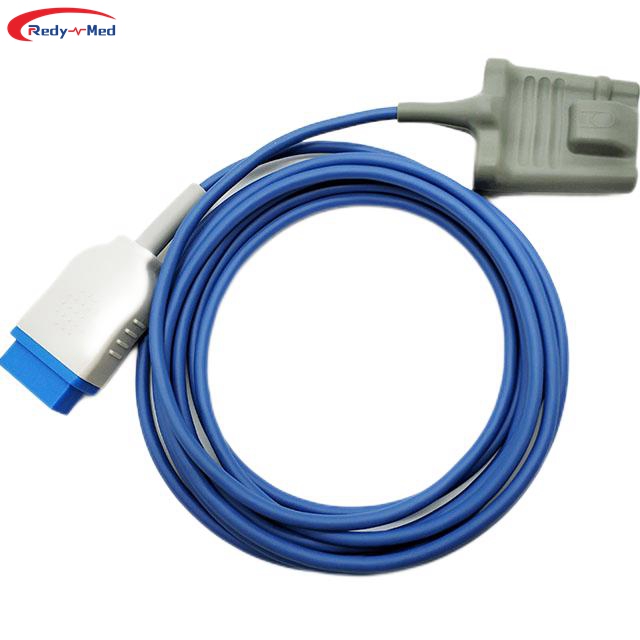
Understand the working principle and common misuse of the blood oxygen saturation sensor
2024-03-21 00:04:21

Discovering the Inner Workings and Potential Misapplications of Blood Oxygen Saturation Sensors
Introduction
Blood oxygen saturation sensors are widely used in medical and fitness devices to measure the level of oxygen in our blood. Understanding their working principle and recognizing common misuses is crucial for accurate measurements and informed decision-making. This article unfolds the intricacies of blood oxygen saturation sensors and sheds light on how to avoid potential pitfalls.
Working Principle of Blood Oxygen Saturation Sensors
Blood oxygen saturation sensors, commonly known as pulse oximeters, function based on a combination of two mechanisms – spectrophotometry and plethysmography.
Spectrophotometry
In spectrophotometry, the sensor emits two different wavelengths of light, typically red and infrared, through the skin and into the blood vessels. As oxygenated and deoxygenated blood have different light absorption properties, measuring the ratio of absorbed light at these wavelengths enables the calculation of oxygen saturation levels.
Plethysmography
Plethysmography focuses on detecting the pulsatile blood flow derived from the heartbeat. By evaluating the variations in blood volume, the sensor captures the amplitude or intensity of the light transmitted or reflected. This data aids in assessing oxygen saturation and pulse rate accurately.
Common Misuse of Blood Oxygen Saturation Sensors
Misinterpretation of Readings
One prevalent misuse of blood oxygen saturation sensors is the misinterpretation of readings. These sensors are designed to estimate the percentage of oxygen-binding sites on hemoglobin molecules, known as SpO2. However, it is important to note that they do not measure the partial pressure of oxygen in arterial blood (PaO2) directly. Therefore, caution must be exercised when deriving clinical decisions solely based on SpO2 readings.
Improper Placement
Another common misuse is the improper placement of the sensor. For reliable readings, the sensor must be correctly placed in a location with good blood perfusion. Fingers, earlobes, or foreheads are commonly recommended for accurate measurement. Incorrect placement may lead to inaccurate readings or complete failure of measurement.
Motion Artifacts
Motion artifacts occur when the subject is in motion during measurement. Physical movement can disrupt the sensor's contact with the skin, resulting in distorted readings. This issue is particularly relevant for portable and wearable devices. To minimize motion artifacts, the subject needs to remain still during measurement.
Conclusion
Understanding how blood oxygen saturation sensors work is essential for obtaining accurate readings and making informed decisions. Misuse of these sensors can lead to misinterpretation of data, improper placement, and motion artifacts, reducing the reliability of measurements. By recognizing common misapplications and adhering to proper usage guidelines, we can harness the full potential of blood oxygen saturation sensors in healthcare and personal well-being.
Get the latest price? We'll respond as soon as possible(within 12 hours)




